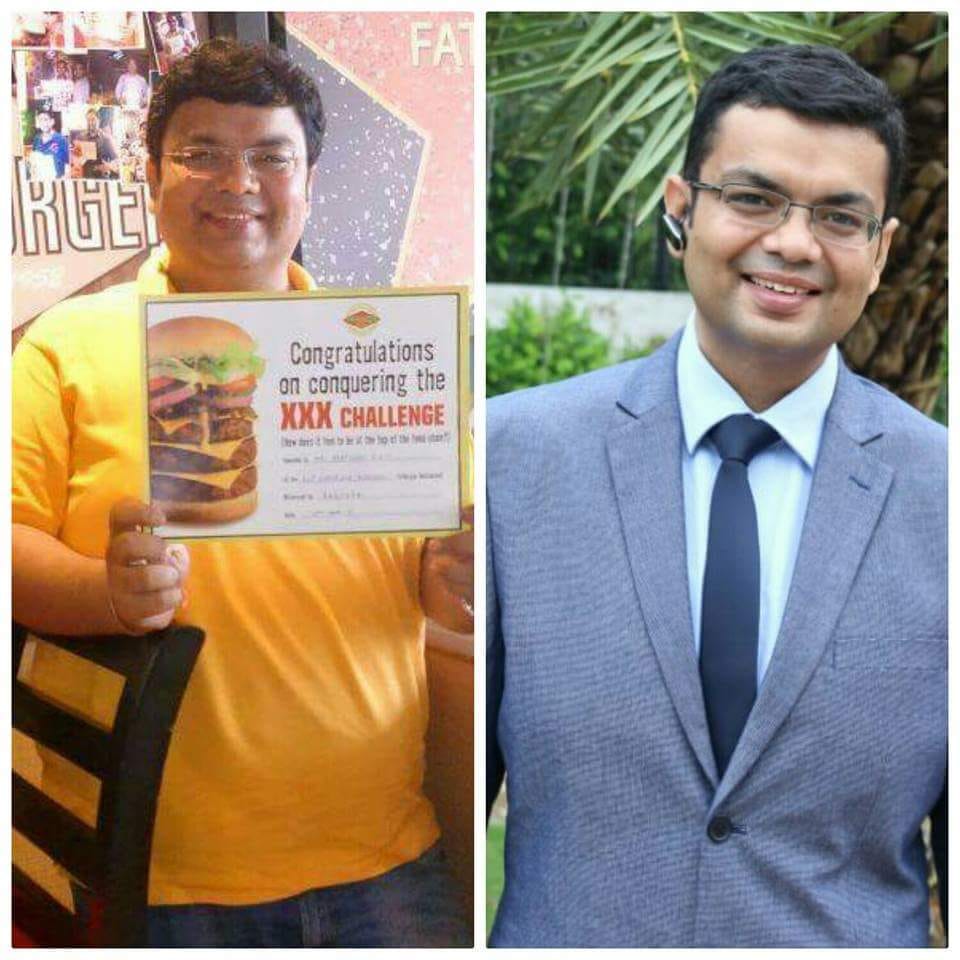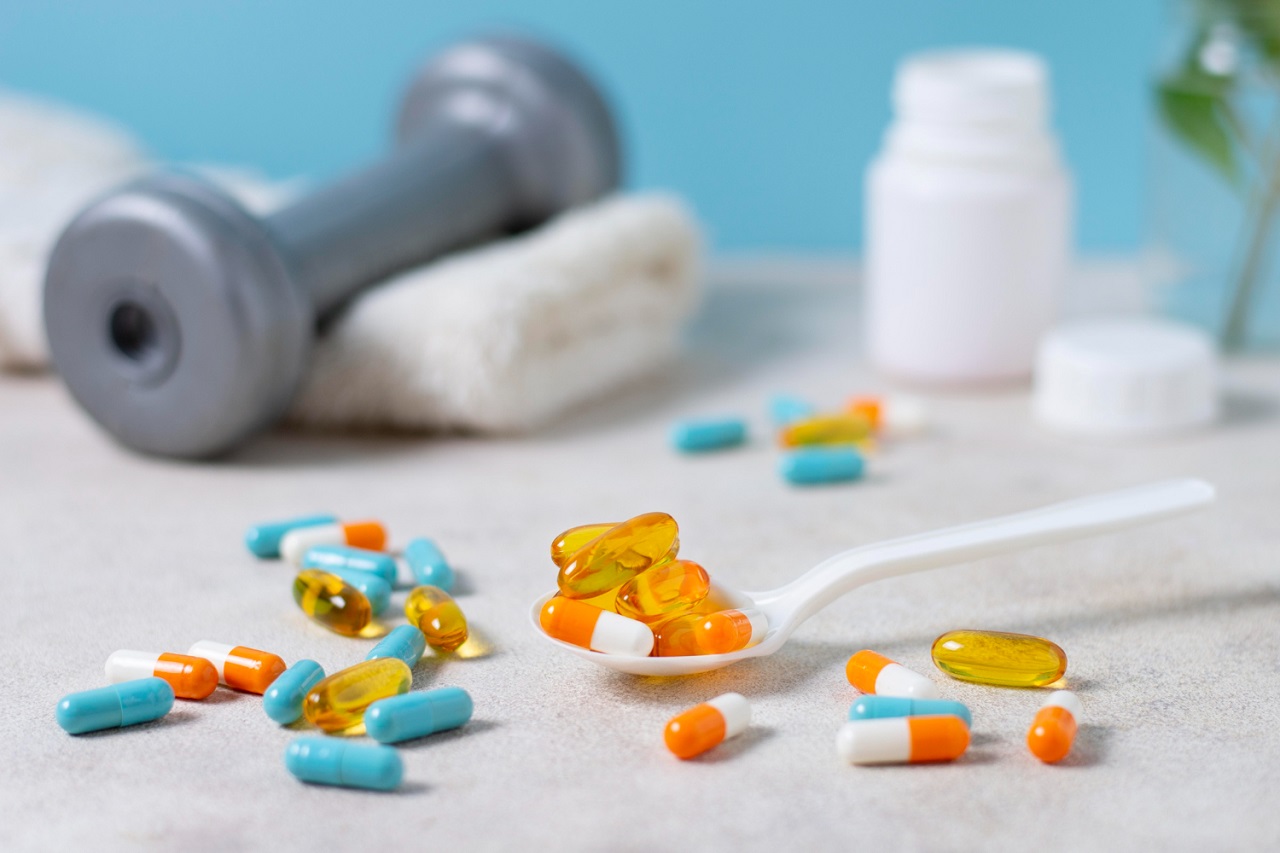 Either you or somebody you know might be on some kind of long term medications! I am not talking about somebody who takes an aspirin or a paracetamol or some antipyretic. When I say long term medications, I am talking about cholesterol, blood pressure and blood sugar lowering drugs. When a patient usually gets on any of these drugs there are high chances that they are on them forever!
Either you or somebody you know might be on some kind of long term medications! I am not talking about somebody who takes an aspirin or a paracetamol or some antipyretic. When I say long term medications, I am talking about cholesterol, blood pressure and blood sugar lowering drugs. When a patient usually gets on any of these drugs there are high chances that they are on them forever!
Each one of these medications has a tremendous impact on the body which comes as a blow if you’re an exercise person! Every medication has a different set of action, so here are some points for you to keep in mind.
1. Cholesterol Medications
The most commonly used cholesterol medication is statin. The generic names of these drugs available are usually Rosuvastatin, Atorvastatin, Fluvastatin, Lovastatin, Pravastatin, Simvastatin and Pitavastatin.
Note: To check which statin is your medication, check behind the tablet. If it is not mentioned, check it on the company’s site
Effects Of Cholesterol Medications On Exercise
Statins deplete CoEnzyme Q10 in the body, which is very important for muscles to produce energy. This will affect your strength training routine and your post strength training recovery will be slow. It might also lead to rhabdomyolysis which means muscle death – it is definitely not good.
What Can You Do?
- The first thing which you should always try is getting off statins as soon as possible with some changes in your diet and exercise routine. You can ask your coach to help you with this! Let your doctor change your medicines and your coach can guide you with the diet and exercise routine.
- While you are on a statin, you should always try a gradual progress. Do not rush into any kind of exercise routine. Give your body enough time to get adapted.
- Take longer recovery time. Instead of having a 1-day gap between your strength training schedules, you can take a 2 day gap which will give your muscles more time to recover. You can do light workouts on the day when you don’t plan to do strength training.
2. Beta Blockers
This is a group of medications is used to lower high blood pressure. The most commonly used beta blockers are atenolol, bisoprolol, propranolol and metroporolol.
Note: To check which beta blocker is your medication, check behind the tablet. Salt name is always mentioned. If in case it is not mentioned, check it on the company’s website.
Effects Of Beta Blockers On Exercise
People who are on beta blockers see that their heart rate is always less no matter what form of exercise they do. Maintaining a proper heart rate during different activities is very important for having good cardiac health. People taking beta blockers witness that their heart rate after a sprint and after moderate jogging is exactly the same. In fact, this shouldn’t be the case. It has to be more while sprinting than jogging.
What Can You Do?
- Instead of checking your heart rate for your exercise progress, start checking your exertion timing
- If you start panting very soon, note that time. Work on your stamina and then go ahead. Beta blockers will always keep your heart rate low.
3. ACE Inhibitors
These are another set of medications which are used to lower high blood pressure. The most commonly used ACE Inhibitors are fosinopril, lisinopril, quinapril.
Note: To check which ACE Inhibitor is your medication, check behind the tablet. Salt name is always mentioned. If in case it is not mentioned, check it on the company’s website.
Effects Of ACE Inhibitors On Exercise
There are 2 types of people – One who has high blood pressure and is not taking any medication and another one who has high blood pressure and is on either a Beta Blocker or an ACE Inhibitor.
If the person without the medication exercises, his blood pressure will come down automatically post exercise. This is called as post exercise hypotension.
This even happens with someone who is on blood pressure medication, but then it can go really very low! That’s the reason people feel dizzy, shaky, nauseous, and experience blurred vision post exercise. Sometimes, the person can faint as well.
What Can You Do?
- For obvious reasons, you cannot skip the medications and neither can you skip your workout but you can definitely manage it
- For people on BP medications, you should cool down a bit longer than an average person. Instead of a 5-minute cooldown, do a 10-minute cooldown
- Use your tracker effectively. For example, if your heart rate is 140 beats per minute- Post workout it can drop to 110 which is ok. After another minute it might fall further to 90. Hold on. Breathe it. Stretch yourself. Your targeted heart beat should be only 10% more than your RHR (Resting Heart Rate) which is around 60-70 beats per minute.
4. Blood Sugar Lowering Medications
There are different blood sugar lowering medications which affect the body in different ways. Either they increase the insulin function or remove excess sugar out through urine or they decrease the amount of carbohydrate absorption in the body.
For a non-diabetic person, while exercising, there are different hormonal fluctuations which happen. Adrenaline is released followed by a surge in cortisol levels and these hormones raise blood sugar levels. To bring this down, pancreas secretes another hormone called insulin which brings the elevated sugars down. So, the fluctuation is not seen, whereas this is not the case in people with diabetes.
Some medications can cause hypoglycemia (Blood sugars below 70) in diabetics.
What Can You Do?
- In this case, nothing can be done apart from monitoring
- Check your blood sugar levels before exercising, middle of the exercise and post workout
- Keep half a glass of fruit juice or 1 glass of milk with you always! If the sugar drops, please consume either of the two.
- Do strength training, reduce your carbohydrates, add enough proteins to your routine and ask your doctor to reduce your medication.
If this article helped, let us know in the comments below. You can find more articles on fitness here.
If you need help or have any queries regarding the information above, drop us a comment or speak to a certified expert directly by subscribing to GOQii’s Personalised Health Coaching here.
#BeTheForce
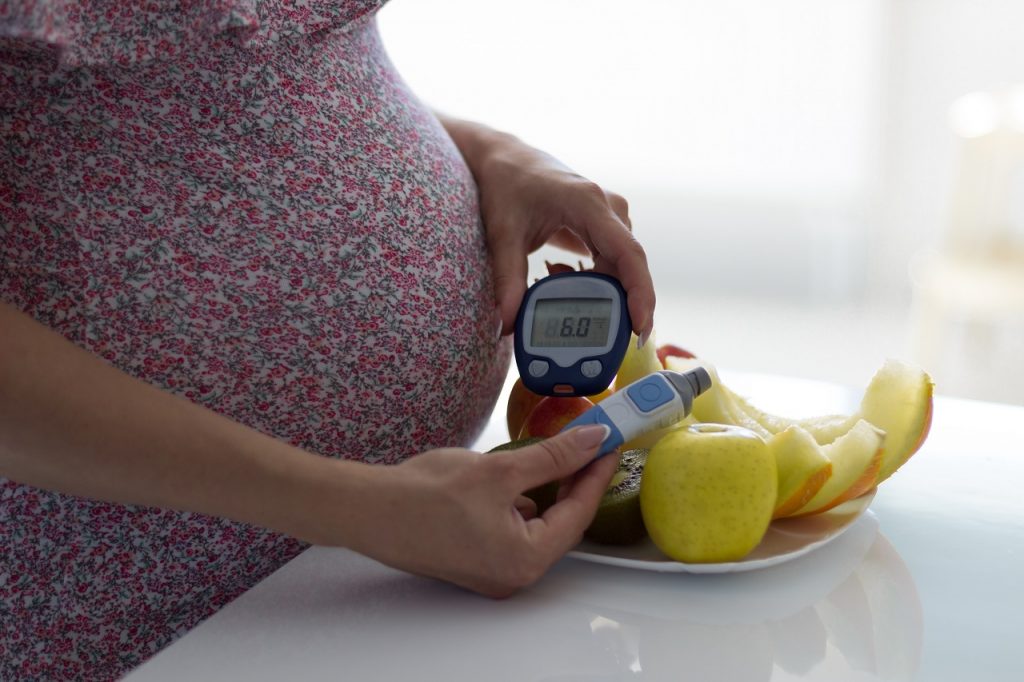
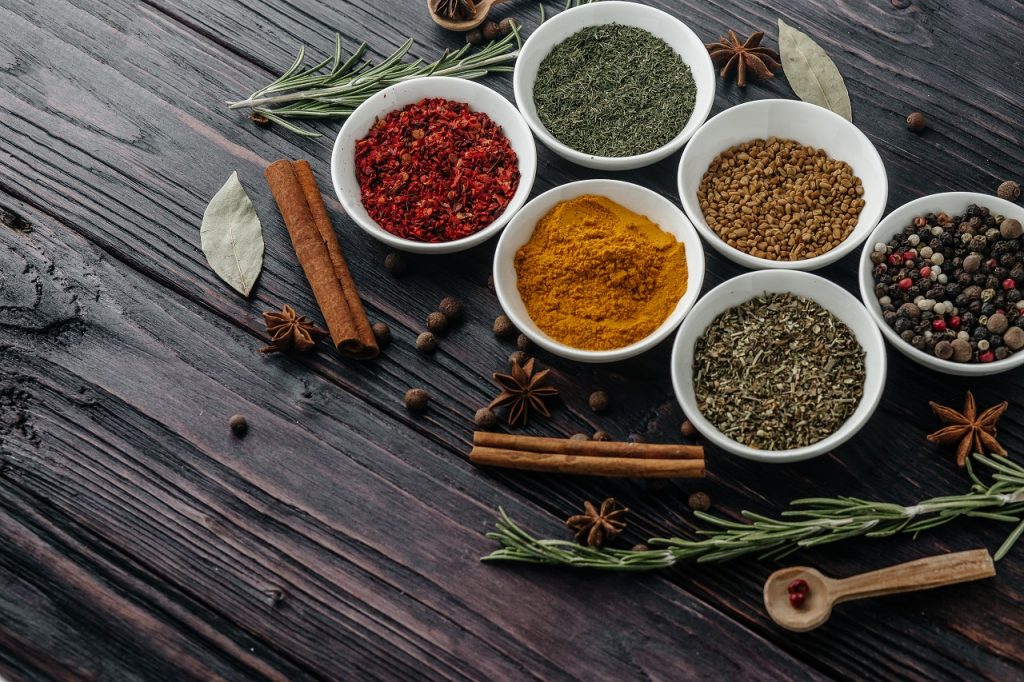 An epidemic worldwide, Diabetes is a disorder which alters blood sugar levels and the production of insulin that can cause various complications if left untreated. Although, it can be managed through lifestyle modifications and exercises. A few spices and herbs along with dietary changes can reduce blood sugar. These remedies are not only economic but can help in reducing dependency on medicines too.
An epidemic worldwide, Diabetes is a disorder which alters blood sugar levels and the production of insulin that can cause various complications if left untreated. Although, it can be managed through lifestyle modifications and exercises. A few spices and herbs along with dietary changes can reduce blood sugar. These remedies are not only economic but can help in reducing dependency on medicines too. 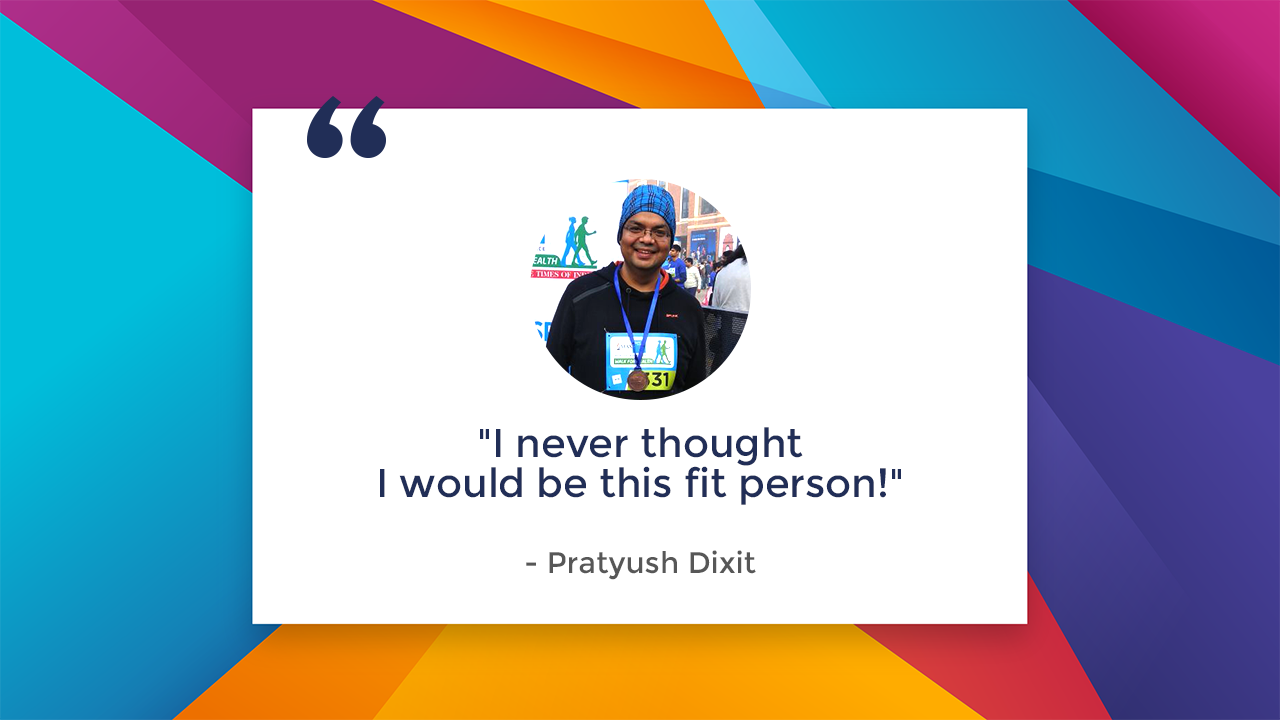 Have you ever been in a situation that felt hopeless? Do you think that your current predicament is irreversible? Have your circumstances chained you down to the extent that you feel you cannot achieve your dreams? If everything around you is crumbling to an inescapable pit of despair, we want to remind you that things can change. You can change. It’s never too late. It’s never too late to reverse your circumstances and achieve your dreams.
Have you ever been in a situation that felt hopeless? Do you think that your current predicament is irreversible? Have your circumstances chained you down to the extent that you feel you cannot achieve your dreams? If everything around you is crumbling to an inescapable pit of despair, we want to remind you that things can change. You can change. It’s never too late. It’s never too late to reverse your circumstances and achieve your dreams.